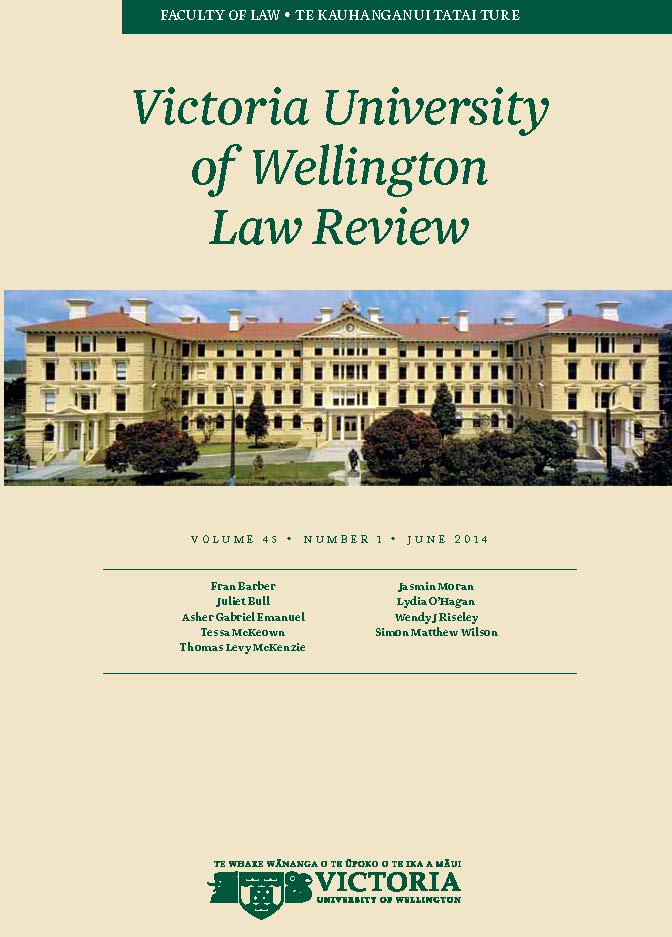The New Intrusion Tort: The News Media Exposed?
DOI:
https://doi.org/10.26686/vuwlr.v45i1.4968Abstract
In C v Holland, Whata J recognised that the tort of intrusion upon seclusion formed part of New Zealand's common law. The tort protects against intentional intrusions into a person's private space. This decision potentially exposes the news media to tortious liability when it engages in intrusive newsgathering practices. However, Whata J's decision provides little guidance as to how the tort should be applied in later cases. In order to ascertain the meaning of the tort's formulation, this article draws upon the methods used, both in New Zealand and internationally, to prevent the news media from breaching individual privacy rights. It then suggests that the courts should replace the formulation with a one-step reasonable expectation of privacy test. It also argues that the legitimate public concern defence should be better tailored to the intrusion context. Finally, it briefly assesses how the intrusion tort should interact with the privacy tort in Hosking v Runting. Ultimately, it concludes that, in future, the courts should reflect more carefully on the precise wording of the intrusion tort's formulation so that it best vindicates the interests that it was designed to protect.
Downloads
Downloads
Published
How to Cite
Issue
Section
License
Authors retain copyright in their work published in the Victoria University of Wellington Law Review.


